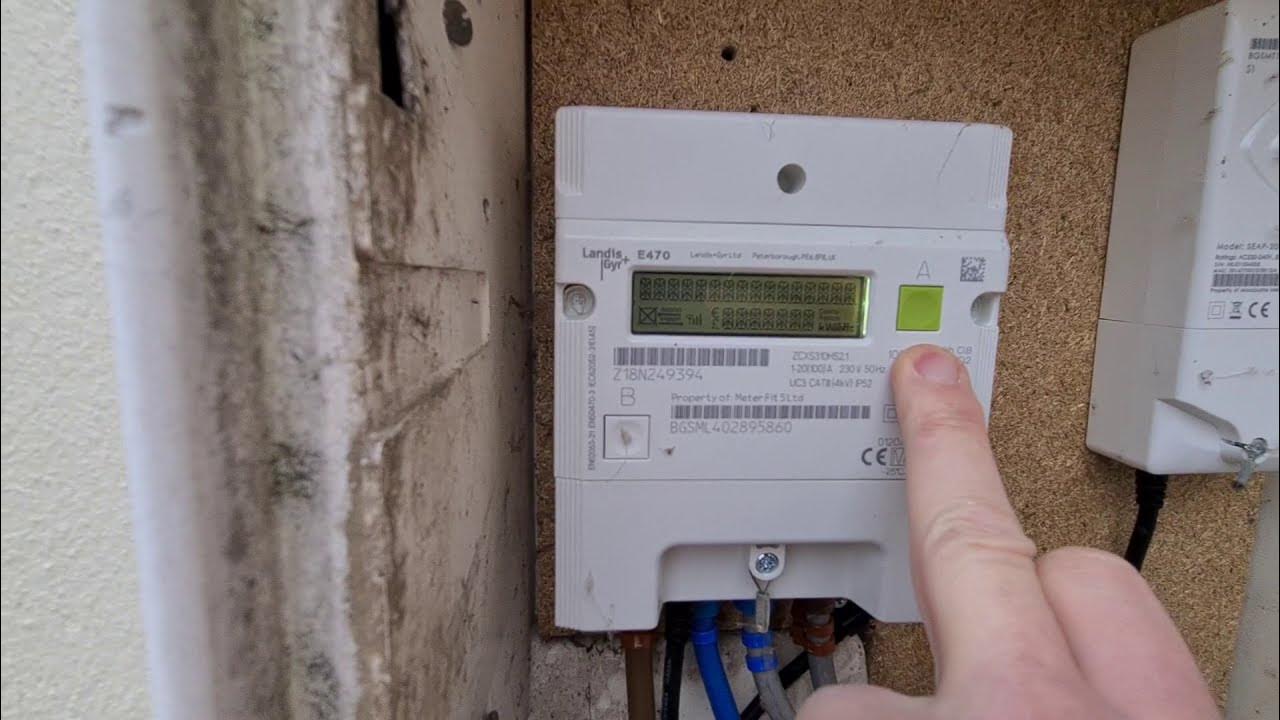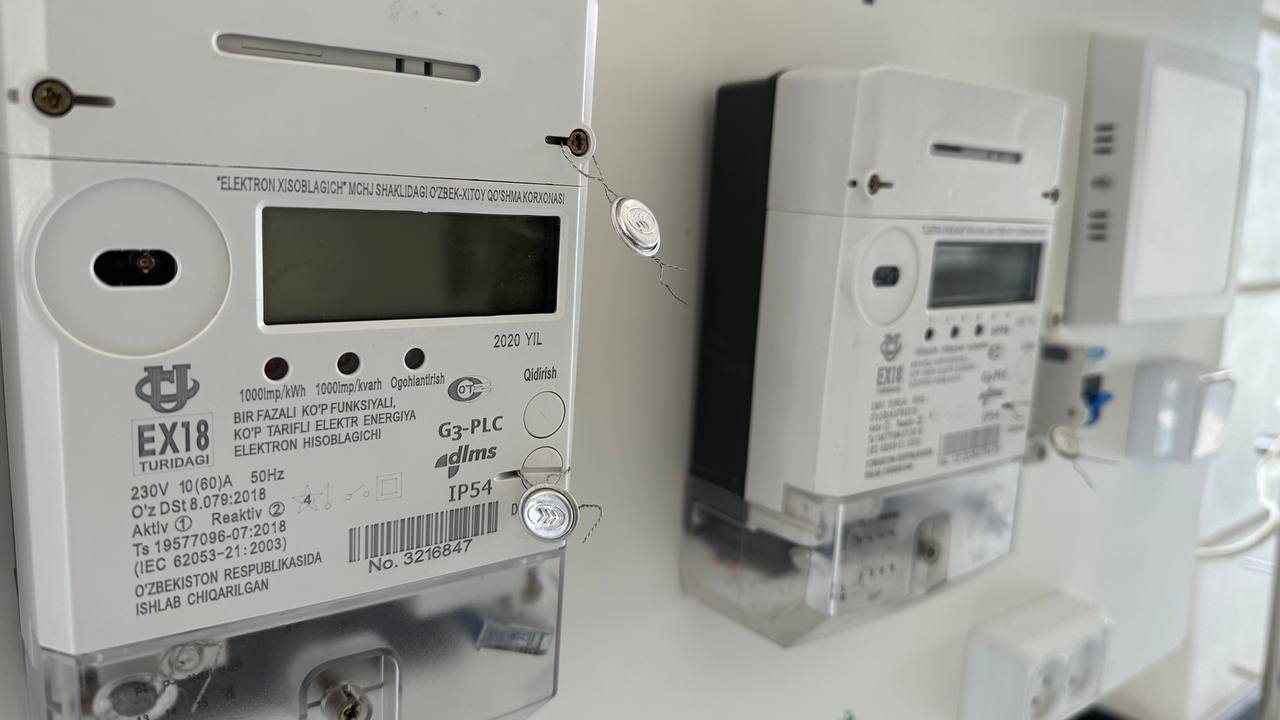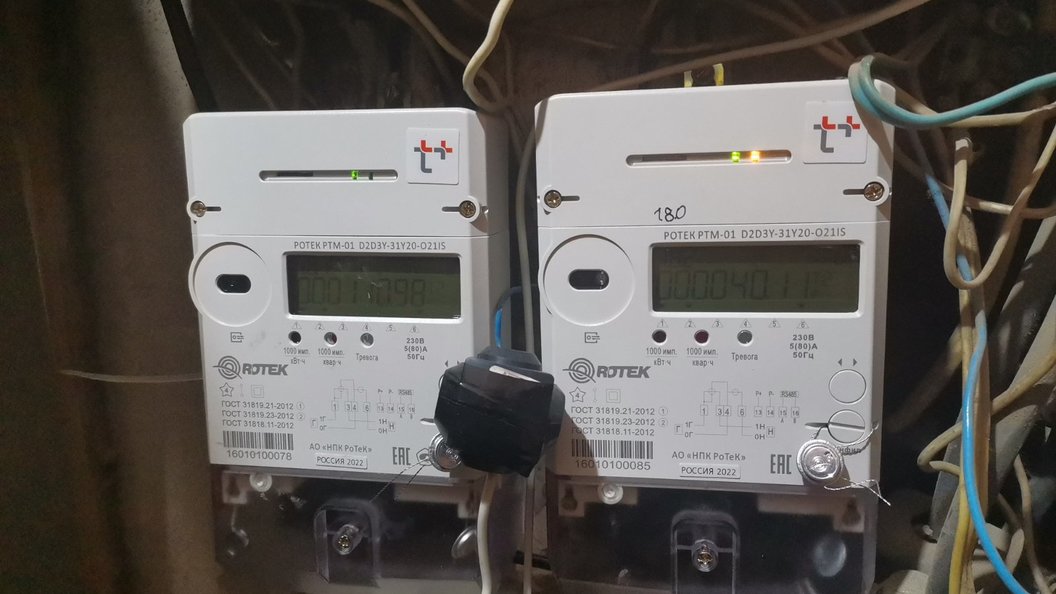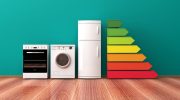In multi-member households, this figure skyrockets
With the arrival of winter and the increase in the cost of electricity, many families are looking to reduce energy expenditure at home. Heating systems undoubtedly have the greatest impact on the electricity bill, but there is another appliance that also drives up consumption and to which not enough attention is always paid.
Despite its everyday use, the electric water heater is the second most energy-consuming device in the home. According to data from the French Agency for Ecological Transition (ADEME), a single person can use around 800 kWh per year just for heating water. In households with several members, this figure skyrockets. For example, a family of four with a 200-liter water heater could consume up to 3,200 kWh per year, which translates into a considerable increase in the electricity bill, with a cost that can exceed 600 euros per year.

To put the magnitude of this consumption into context, it is enough to compare it with other household appliances: an electric oven uses around 130 kWh per year, a dishwasher 200 kWh and a refrigerator with freezer around 350 kWh. This places the water heater well above in terms of energy demand.
Keys to reducing consumption
One of the fundamental aspects to bear in mind in order to reduce the consumption of electricity by the water heater is the temperature at which the water is heated. Many users set the thermostat at 60°C or even higher, without knowing that this level is unnecessary and increases energy consumption. Experts recommend setting the temperature between 50°C and 55°C, a range that is sufficient to guarantee comfort and, at the same time, prevent the proliferation of bacteria such as legionella.
Another determining factor in the efficiency of the heater is its maintenance. Over time, the device’s heating elements can accumulate lime, which hinders the heating process and forces the appliance to consume more energy to reach the desired temperature. To avoid this problem, it is recommended to descale the appliance periodically.

In addition to these adjustments, it is also advisable to adapt the use of the heater to the real needs of the household. Programming it to work at times of lower electricity demand or switching it off when it is not needed, especially in homes where there are prolonged absences, can result in additional savings.
Likewise, opting for more efficient models with improved thermal insulation and technologies such as aerothermal energy can significantly reduce consumption in the long term. Small changes in daily habits can make a big difference in energy efficiency and monthly spending.








